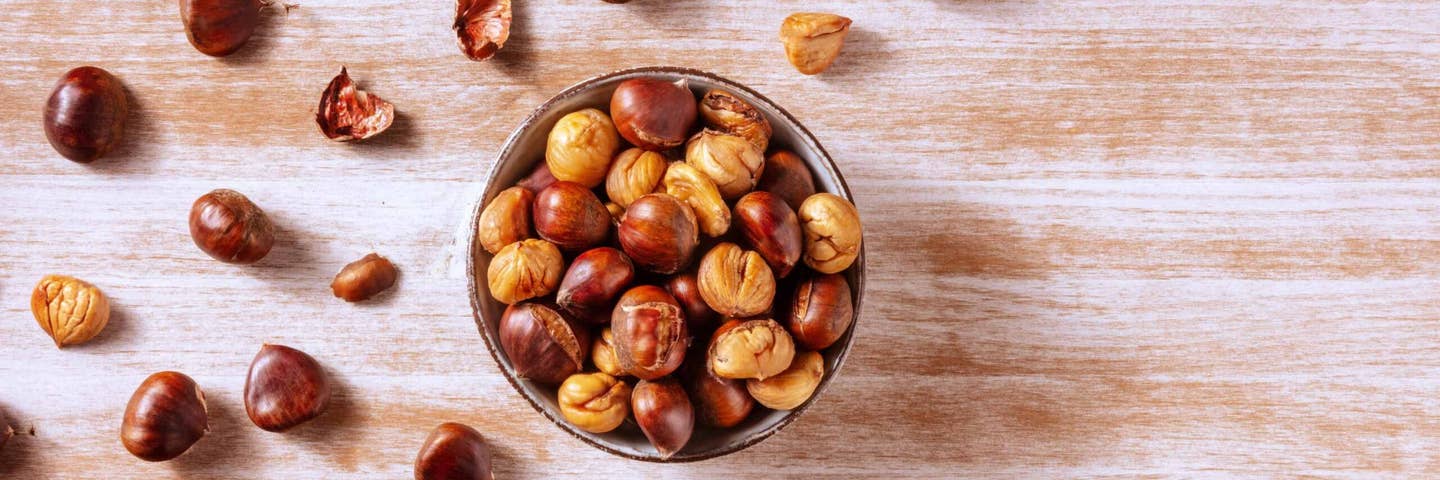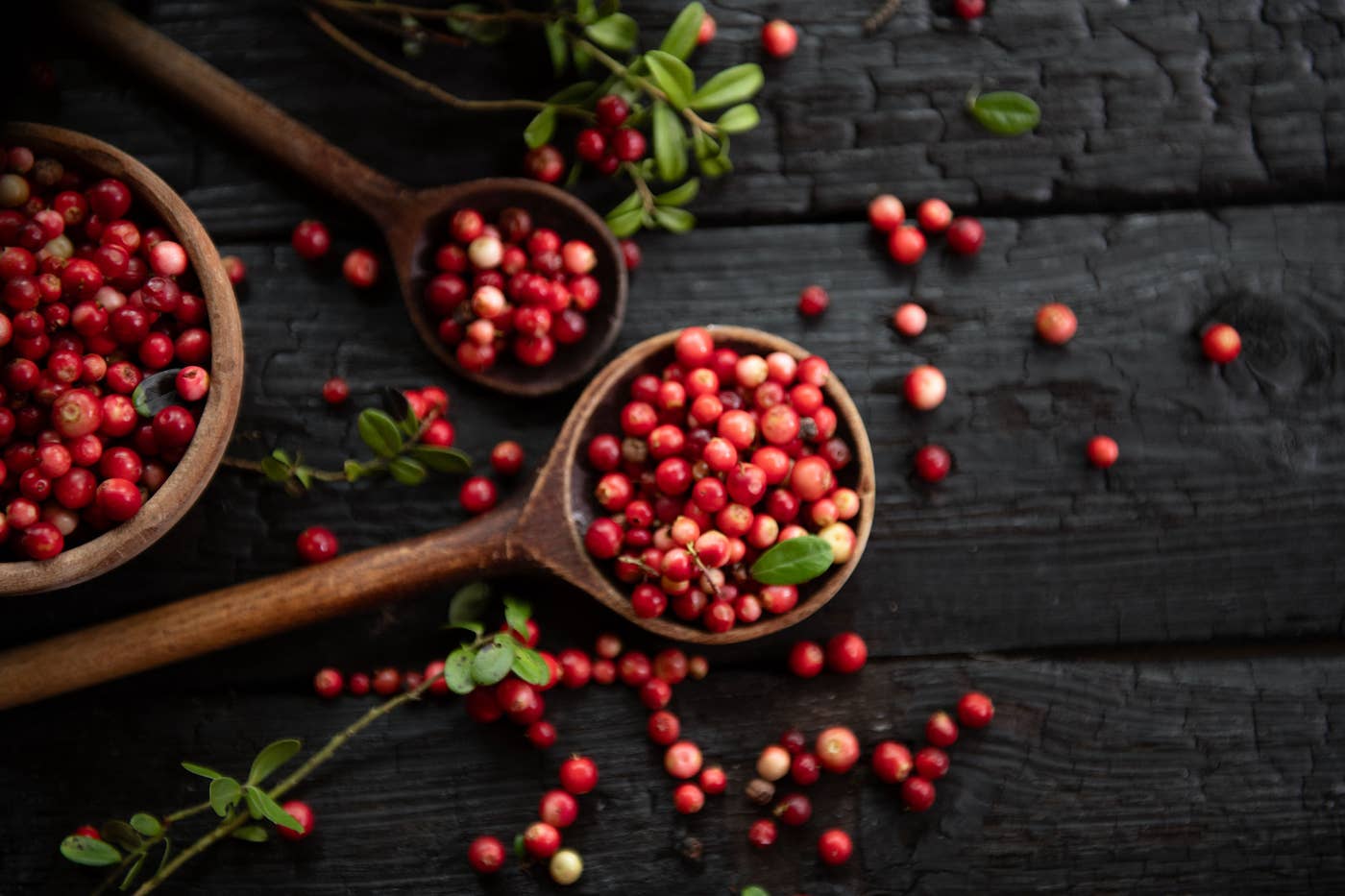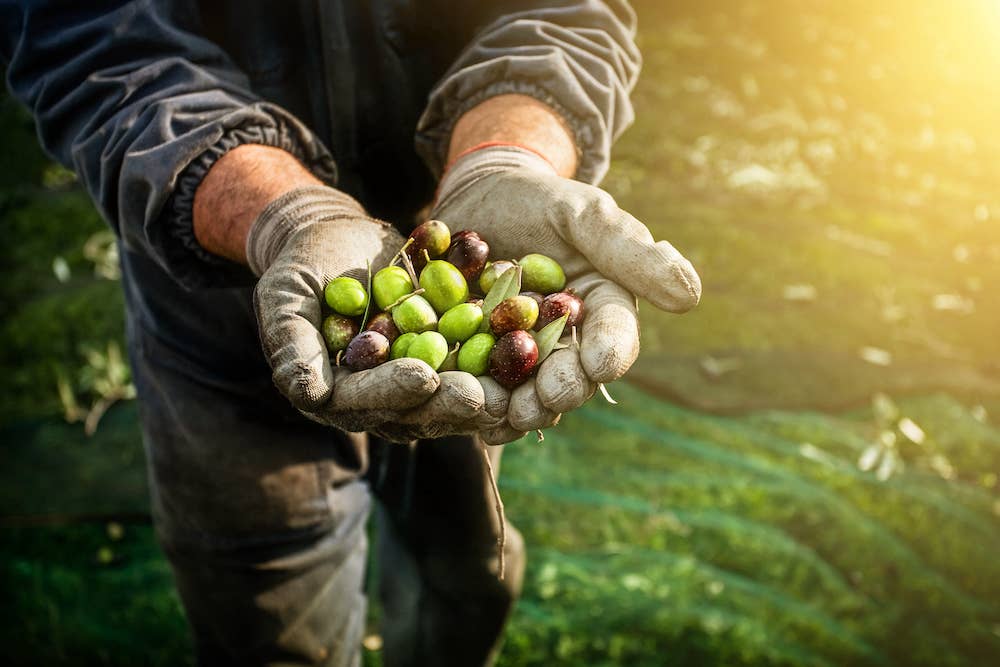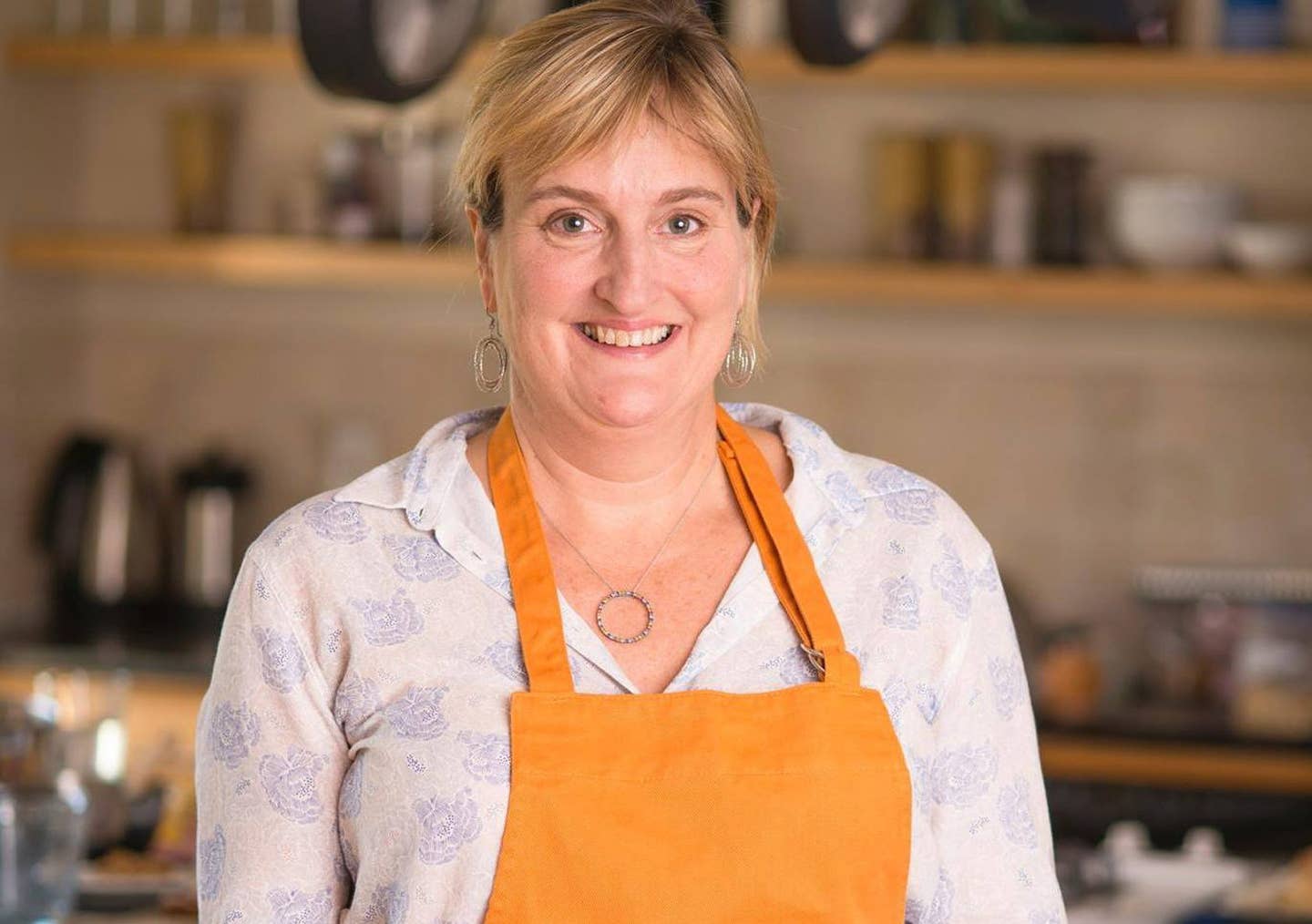If there’s one dried legume you should always have on hand, it’s no-soak, quick-cooking lentils. Read on to find out why.
What Are Lentils? How Are They Different from Beans?
Lentils are members of the dried legume or “pulse” family along with beans, peas, and chickpeas. While beans, peas, and even chickpeas can be bought and prepared when fresh, lentils are always harvested and sold dried.
In the kitchen, the biggest difference between lentils and dried beans is that lentils don’t need to be soaked in water before they’re cooked. They also cook in a fraction of the time it takes to prepare a pot of beans.
Which Type Should I Use for What?
Here’s a quick overview of lentil types from softest (red) to firmest (black).
Red/Yellow Split Lentils
Cook time: 10–15 minutes
The quickest-cooking lentils start out bright-hued and hard; then they melt into a pale, lusciously creamy mush. That’s because they’re hulled and no longer have a firm outer skin like other lentil types. Split lentils are great for thick soups, dals, curries, and hummus-like spreads.
Brown and Green Lentils
Cook time: 25–40 minutes
These supermarket basics are wide, flat and ultra-versatile because they can stay firm and al dente or go creamy if you simmer them long enough. They’re great in soups, stews, pâtes, and salads. Brown and green varieties also work well as a meat substitute in tacos, burritos, wraps, pasta sauces, and casseroles.
French Green or Puy
Cook time: 25–30 minutes
Firm and ultra-flavorful, these lentils get their name from the Puy region in France, where the variety has been grown for 2,000 years. They’re great for salads, hot and cold grain dishes, Buddha bowls, and recipes where you want a little texture. Try them in place of pasta in brothy soups, too!
Black or Beluga
Cook time: 20–30 minutes
Not quite as rare as caviar (their namesake), these specialty lentils are small and thick-skinned with a stunning dark hue. They’re great for salads, cold grain dishes, garnishes, and straight-up soups and stews. Note that they leach their dark color into the cooking liquid, so it’s best to pre-cook them separately when combining with other ingredients.
What’s The Best Way to Cook Them?
High heat and overcooking can cause them to split and turn mushy, so stovetop is the preferred cooking method (unless otherwise directed in a recipe) because it allows you to regulate the temperature and shorten or lengthen cooking times as needed.
To cook on the stovetop, combine 1 part rinsed, sorted, and drained lentils with 2 parts water in a saucepan, and bring to a boil. Cover, reduce the heat to low, and simmer for the recommended cooking time, checking doneness occasionally and adding more water if necessary. When perfectly cooked, they should be firm yet tender (and never crunchy), although red and split varieties will be softer. Lentils that have been in storage for a long time may absorb more liquid and take longer to cook.
Do I Have To Rinse and Sort Before Cooking?
It’s highly recommended that you rinse and sort lentils before cooking them. Because of their small size, plus how they are grown and harvested, they are particularly prone to having bits of grit and chaff clinging to them.
To rinse and sort, simply place the lentils in a bowl; cover with water; skim off anything that floats to the surface (even lentils!); then drain. Quickly run your fingers through the drained lentils to check for grit or tiny pebbles.
Can I Season Them While They’re Cooking?
Yes, you can season lentils while they’re cooking—and by all means you should! They soak up flavors like sponges. Some seasonings to try: a bay leaf, celery rib (with leaves), halved onion, crushed clove of garlic, or a strip of kombu seaweed. Just don’t use salt, which can make lentils (and all dried legumes) tough if added while cooking.
How Long Will They Keep?
Dried, they can be stored for up to two or three years in an airtight container. You can also freeze cooked batches for up to 6 months.
Where Are They Grown?
You might think the biggest producer of lentils would be found in the Middle East or the Indian subcontinent where they play such a big role in the various cuisines. But the No. 1 producer in the world is Canada, with India, Turkey, and the United States trailing far behind.
Lentil Recipes to Try Today
- Tortilla Roll-Ups with Spinach
- Spinach-Apricot Salad with Spiced Lentils
- Indian Curry
- Zucchini and Lentil Salad with Creamy Turmeric Dressing
- Sage Lentil Stew with Squash and Mushrooms
- Loaded Lentil Nachos
- Green Lentil Pancakes with Sriracha Sour Cream
- Lentil Minestrone with Zucchini and Kale
- Vietnamese Noodle Bowls with Ginger-Lime Meatballs
Related News
Try Our Top-RatedMeal Planner Free

Forks Meal Planner takes the hard work out of making nutritious meals the whole family will enjoy.
SAVE $200 ON OUR ULTIMATE COURSE

Join our best-selling course at a new lower price!





